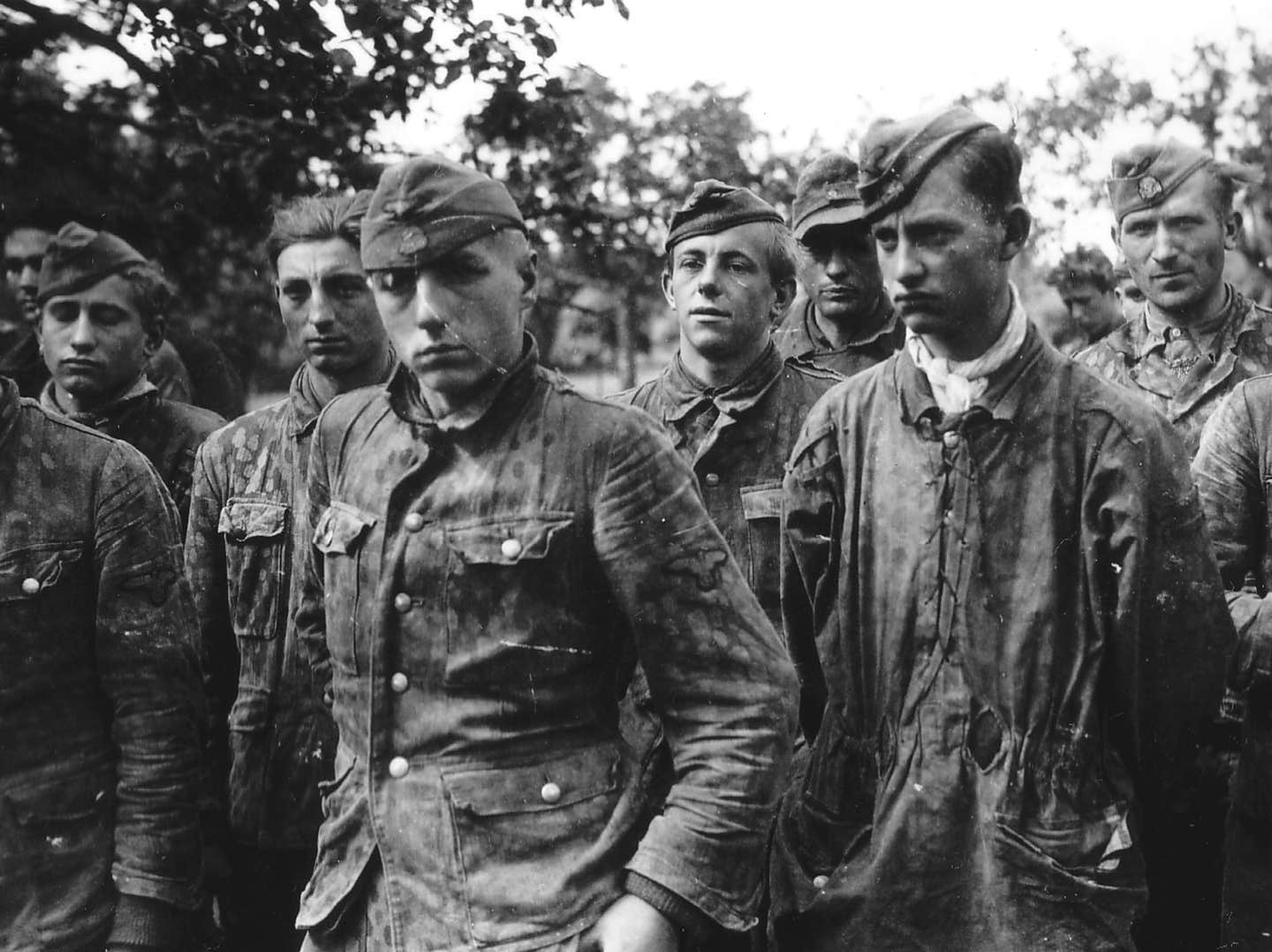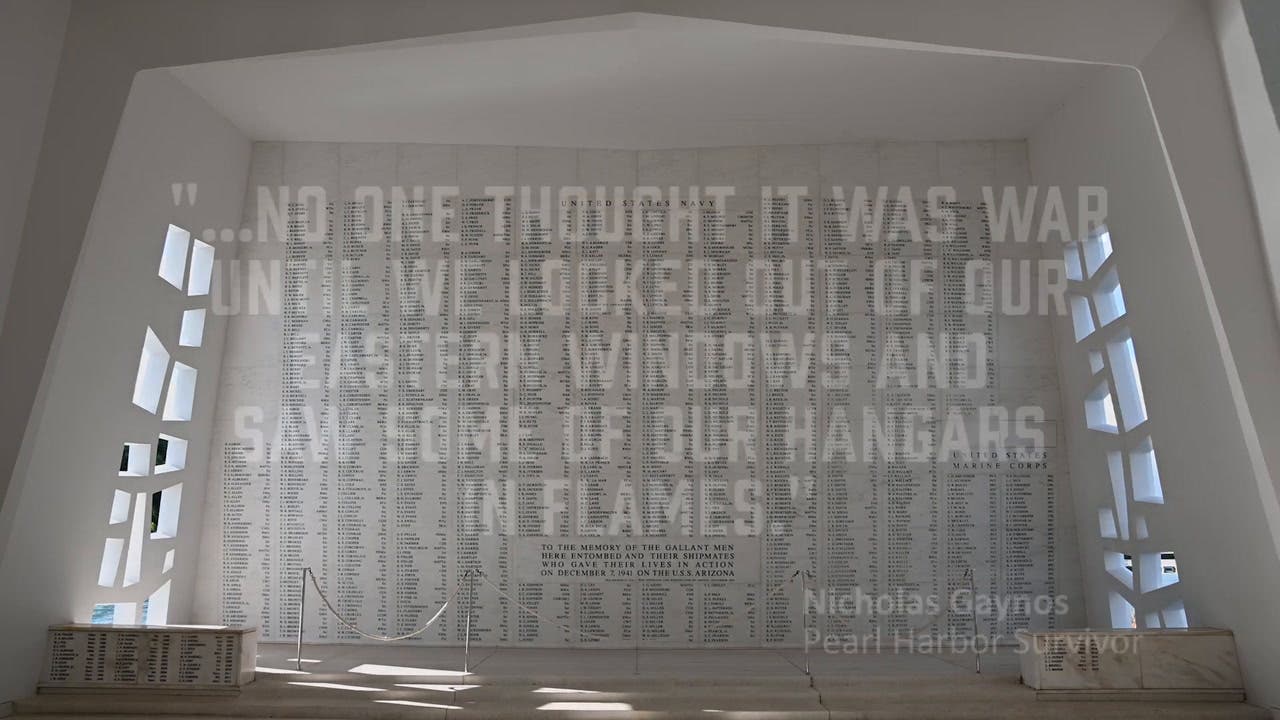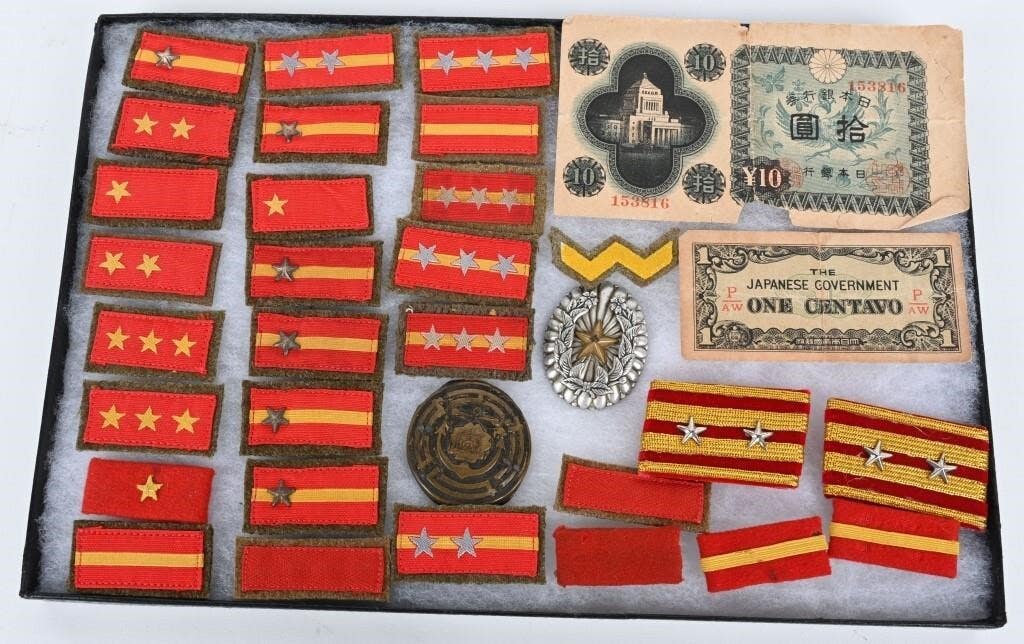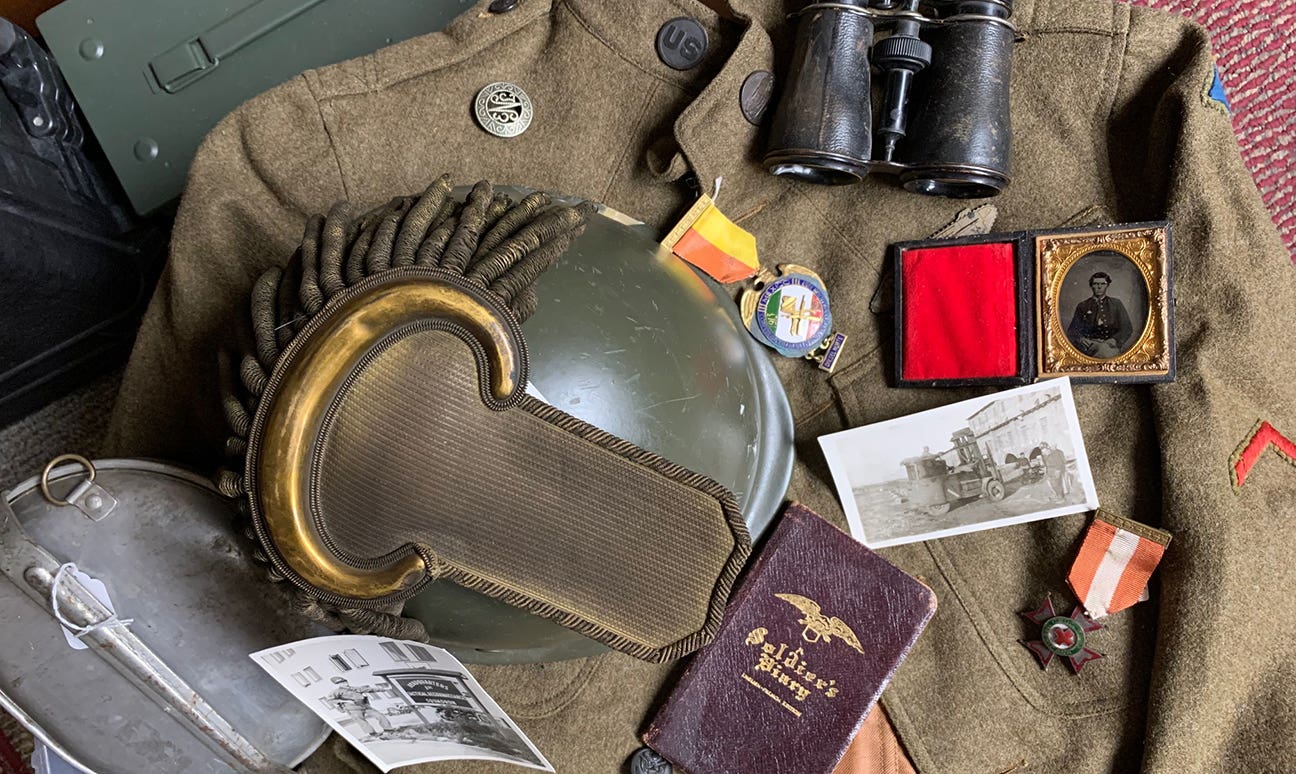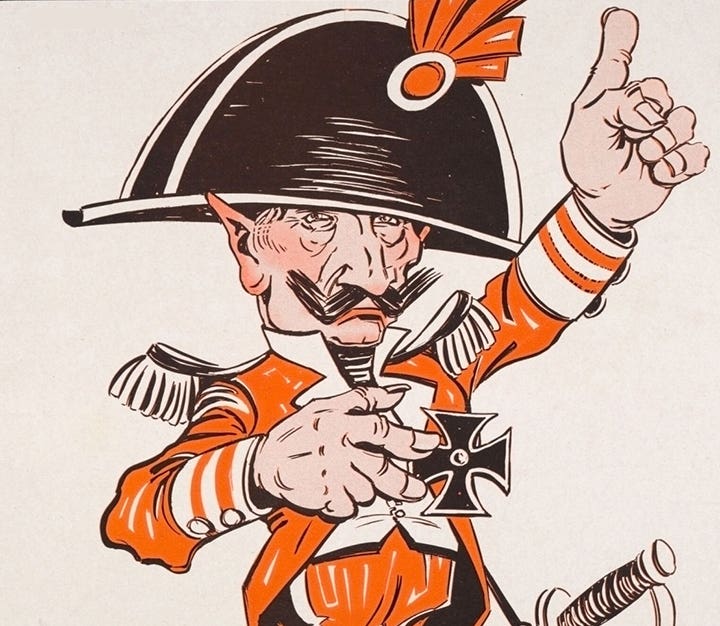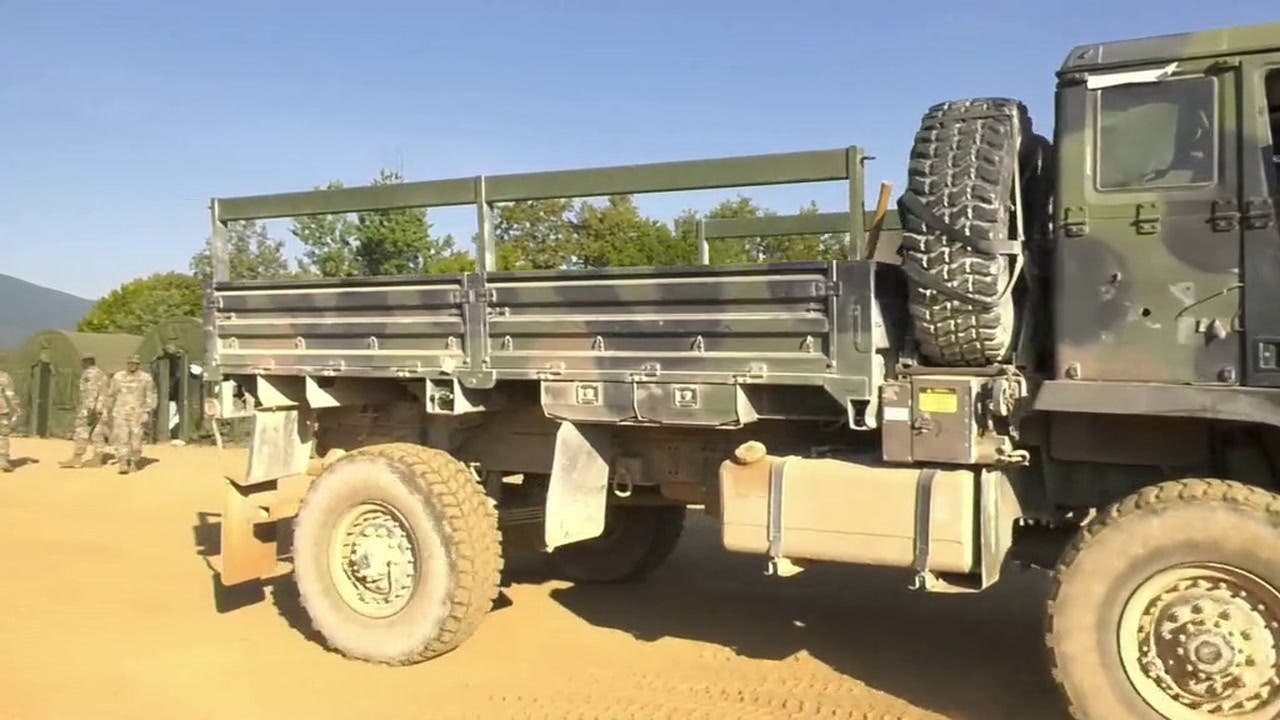A Monument to History
When people try to stifle history, speak up.
First, they came for the Communists, and I did not speak out—
Because I was not a Communist.
Then they came for the Trade Unionists, and I did not speak out—
Because I was not a Trade Unionist.
Then they came for the Jews, and I did not speak out—
Because I was not a Jew.
Then they came for me—and there was no one left to speak for me.
So much talk about monuments these days! You know I try to avoid dragging politics into our hobby, so I will tread lightly. But, people declaring that others are “destroying history” or “usurping it for their politics” are getting under my skin.The question for you and me, however, is, "How will this impact our hobby?"
Monuments, no matter what they represent are not “history.” They are simply "reminders" of our history. It is up to the viewer to decide whether they want to investigate what that history represents. But, as we have seen, many don't view monuments as portals to further exploration of history.
"Who's that man?" a child might ask when pointing to a statue of Confederate General Robert E. Lee. "He was a soldier who fought in the Civil War," a parent might respond, adding, " That war was fought between people in northern states and those in southern states."
While that was probably the hoped for result of erecting such monuments, today, such conversations don't seem to occur. Rather, people apply their own frustrations to the statue claiming that the statues are reminders of the oppression they feel. That's a valid point of view, that, quite frankly, I had not considered.
Honestly, I love a good military monument. I have been climbing on them, visiting them, and photographing them for a half a century. But what I had not realized is that monuments are not like traffic signs that have clear, defined messages like “Stop” or “No Parking.” Apparently, they are more like clouds on a summer day. One hundred people could look at them and give you 100 different interpretations of their meaning.
Now that I have realized that a monument can mean different things to different people, I am a bit scared by the implications. The loudest group seems to get the attention, and right now, that group is succeeding in forcing communities to take down monuments.
While I can understand the argument that many make, saying these monuments are reminders of a painful past, I shudder when each one is removed from public display.
What's next for Confederate monuments ?
As I said, I can appreciate the different points of view currently expressed about Confederate monuments. As a child of the North, I struggle to fully grasp the Southern point of view, but I have many fine friends below the Mason-Dixon Line who are willing to share the heritage with which they grew up. But what worries me is the voice detractors of the monuments seem to be gaining. I wonder if they will be satisfied when the last Confederate monument is removed from public display, or if they will look around to see what's next?
In our hobby, we have to be aware of the possible escalation of demonizing historic relics. It is not a far leap to imagine people attending a militaria show and crying out, "Those Nazi flags, Confederate belt buckles, and Norman armor remind me of the oppressed heritage of my ancestors — Get rid of them!"
While there are a few bad eggs in our hobby, the majority of collectors tend to use historic relics as conduits for studying history. They don't display relics in their "war rooms" to intimidate others, rather, they do it to remember those who have served in military situations, usually under duress.
It is not up to me (or anyone else, for that matter), to say what are "good" or "bad" relics. Some might not be my cup of tea, but I recognize the right of others to collect. I am not so sure the mob mentality that appears to be sweeping parts of our nation are quite so willing, however.
Therefore, I am recommending that we as collectors take it upon ourselves to point out that relics (including monuments) are conduits to history. If we erase them, our impetus to explore history will diminish. In this age of short attention span, do we really want to eliminate the reminders of our past?
We need to calmly speak up. Acknowledging someone's pain is an important first step. Explaining to someone that military relics represent a lot of different things to many people is their strength, not a weakness requiring them to be destroyed. If we use these relics to tell the story of military struggles, perhaps, a broader understanding and acceptance can be achieved. That might be "pie in the sky" thinking, but I am confident that the current approach of destroying and eliminating monuments isn't going to achieve a broader understanding and acceptance — it will only widen the rift in our nation.
Let’s not destroy our monuments, but let’s acknowledge that, without context, their significance can be misinterpreted or even usurped. Let’s become active to find the best places to preserve these important artifacts where the history that they represent can be explained, discussed, and understood—before the mob comes for us.
Preserve the Memories,
John Adams-Graf
Editor, Military Trader and Military Vehicles Magazine
You may also enjoy:
*As an Amazon Associate, Military Trader / Military Vehicles earns from qualifying purchases.
John Adams-Graf ("JAG" to most) is the editor of Military Trader and Military Vehicles Magazine. He has been a military collector for his entire life. The son of a WWII veteran, his writings carry many lessons from the Greatest Generation. JAG has authored several books, including multiple editions of Warman's WWII Collectibles, Civil War Collectibles, and the Standard Catalog of Civil War Firearms. He is a passionate shooter, wood-splitter, kayaker, and WWI AEF Tank Corps collector.

